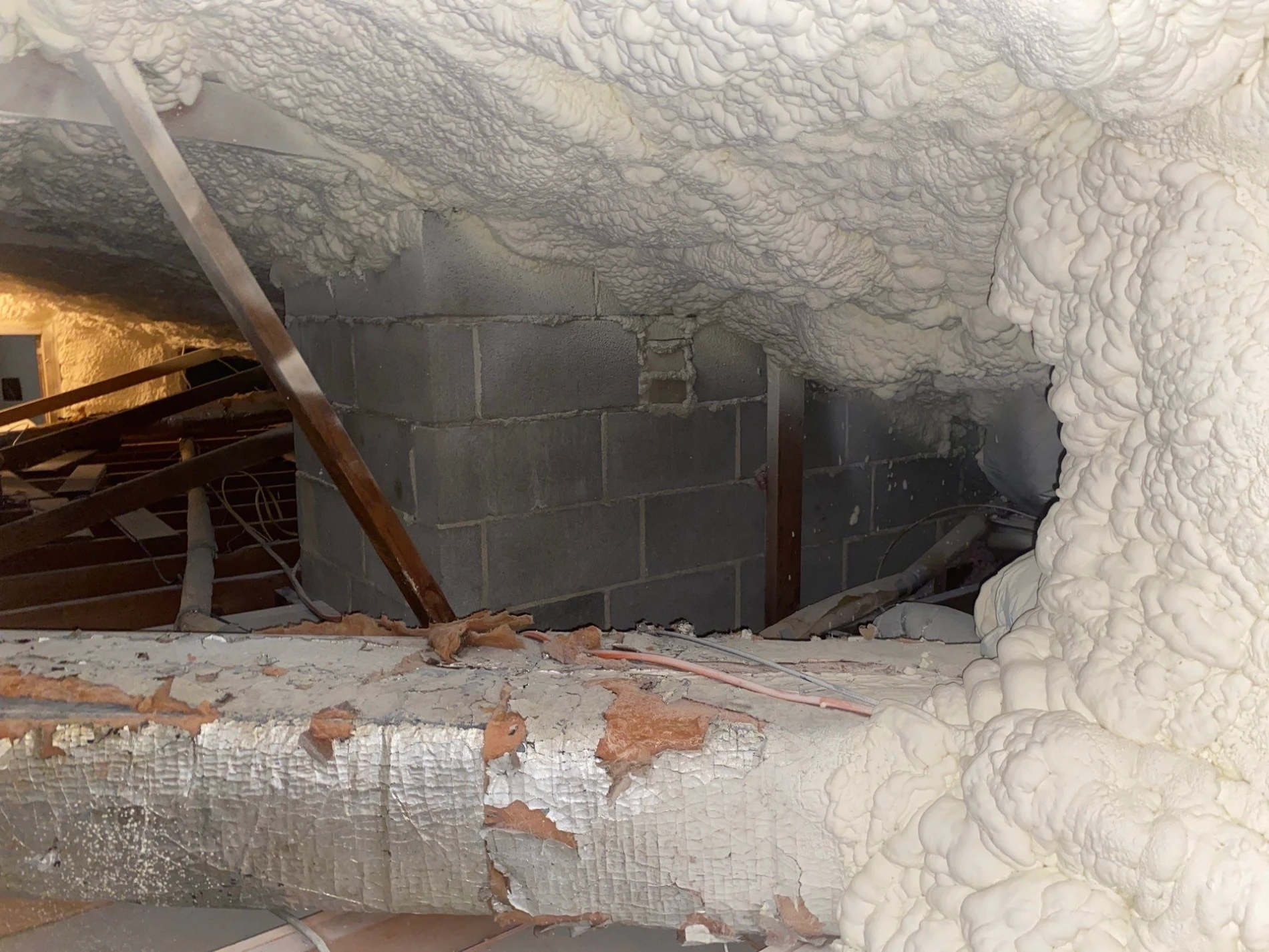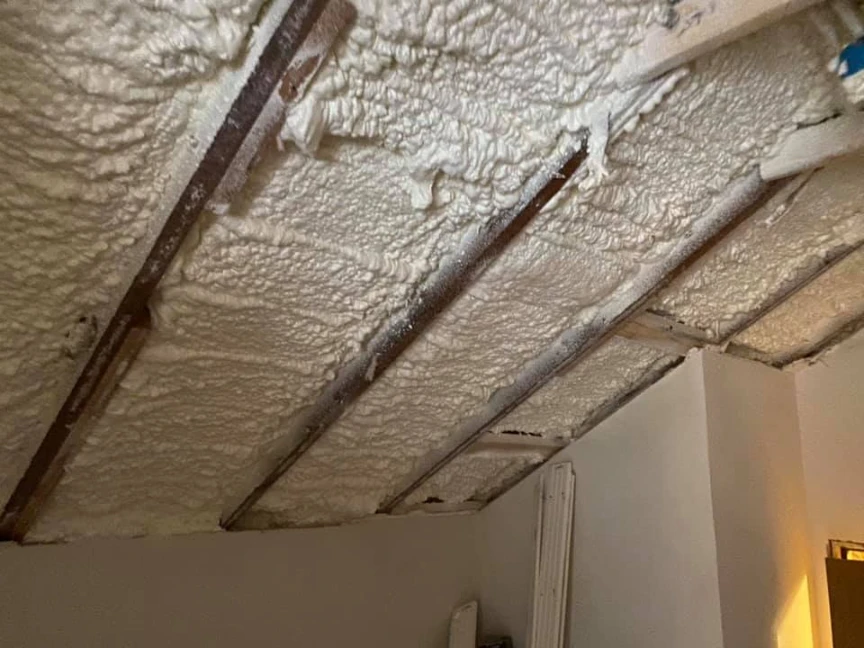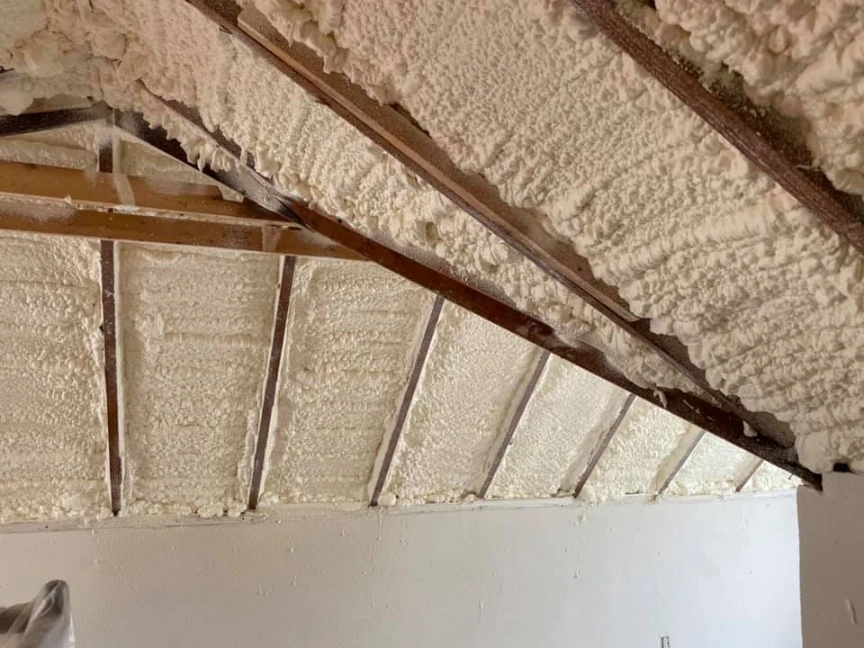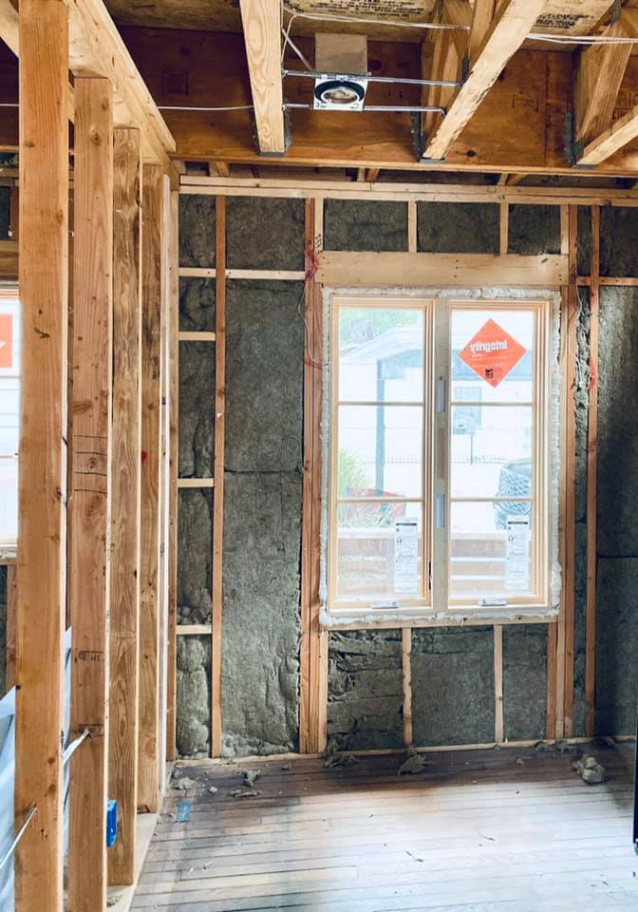Outdated or failing insulation solutions often reveal itself through clear warning signs. The most common indicators include consistently high energy bills, inconsistent temperatures between rooms, pest infestations, and visible water damage or mold. You might also notice poor indoor air quality, persistent drafts, or that the insulation material itself looks compressed, thin, or degraded. These issues signal that your home’s thermal barrier is no longer performing effectively, leading to energy waste and reduced comfort.
Key Indicators of Failing Insulation
Recognizing the symptoms of poor insulation can help you address problems before they become more serious. Here’s a closer look at what to watch for.
1. High Energy Bills
One of the most direct signs of failing insulation is a sudden or steady increase in your heating and cooling costs. When insulation loses its effectiveness, your HVAC system has to work harder to maintain a stable indoor temperature. This extra work consumes more energy, which shows up on your monthly utility statements. A report from the U.S. Department of Energy highlights that proper insulation is one of the most practical ways to improve a home’s energy efficiency. If your bills are climbing without any other explanation, it’s a strong indication that your home is losing conditioned air through poorly insulated walls, attics, or crawl spaces.
2. Inconsistent Room Temperatures
Do you have rooms that are always too hot in the summer or impossible to keep warm in the winter? These “hot and cold spots” are classic symptoms of inadequate insulation. Effective insulation should provide a consistent thermal barrier throughout the home. When it’s old, settled, or improperly installed, gaps can form. These gaps allow heat to move freely, creating noticeable temperature differences from one room to another.
3. Pest Infestations
Old, soft insulation materials like loose-fill fiberglass or cellulose can become attractive nesting grounds for rodents, insects, and other pests. These critters can tunnel through the material, creating nests and leaving behind droppings. Their activity seriously compromises the insulation’s performance by creating air channels and reducing its thermal resistance. If you hear scratching in the walls or find droppings in your attic, it’s a good idea to inspect your insulation for signs of an infestation.
Bonus Tip: When checking your attic, look for compacted trails or tunnels in the insulation. These are clear pathways that pests have created, which reduce the material’s effectiveness even if the pests are gone.
4. Signs of Water Damage
Insulation must stay dry to work properly. When it gets wet from a roof leak or condensation, it compresses and loses its ability to resist heat flow. Damp insulation is also a breeding ground for mold and mildew, which can cause serious health issues and structural damage to your home. Look for water stains on ceilings and walls, a musty odor in the attic or basement, or visible mold growth on the insulation itself. According to the Environmental Protection Agency (EPA), any insulation that has become moldy should be removed and replaced.
5. Poor Indoor Air Quality and Allergies
Your home’s insulation can affect its air quality. Old, deteriorating insulation can release dust, fibers, and other particulates into the air. If the insulation has been compromised by moisture, it can also circulate mold spores throughout your home via the HVAC system. Furthermore, gaps in the building envelope allow outside allergens and pollutants to enter more easily. If your family is experiencing an increase in allergies or respiratory issues, your outdated insulation could be a contributing factor.
6. Noticeable Drafts
Feeling a draft when you’re near windows, electrical outlets, or along baseboards is a sure sign that your home’s air seal is broken. While some drafts are caused by old windows or doors, failing wall insulation is often the hidden culprit. As insulation settles or degrades over time, it creates empty pockets within the wall cavities. These gaps allow outside air to seep in, creating uncomfortable drafts and making it harder to control your home’s climate.
Bonus Tip: A simple way to check for drafts is to hold a lit incense stick near suspected areas on a breezy day. If the smoke wavers or blows into the room, you’ve found an air leak.
7. Visible Age and Degradation
Sometimes, you can tell your insulation is outdated just by looking at it. Insulation that is past its prime may look flat, thin, or compressed. It might also be falling away from the wall cavities or look dirty and discolored. Different materials have different lifespans and appearances when they start to fail.
Common Insulation Types and Lifespans
| Insulation Type | Typical Lifespan | Signs of Failure |
|---|---|---|
| Fiberglass (Batts & Blown-In) | 15-25 years | Thinning, flat, brittle, falling out of place, dark patches from dirt/dust filtration. |
| Cellulose (Blown-In) | 15-20 years | Significant settling (looks clumpy or has lost height), signs of moisture absorption. |
| Spray Foam (Open & Closed Cell) | 80+ years | Cracking, shrinking, pulling away from studs, discoloration (often yellowing). |
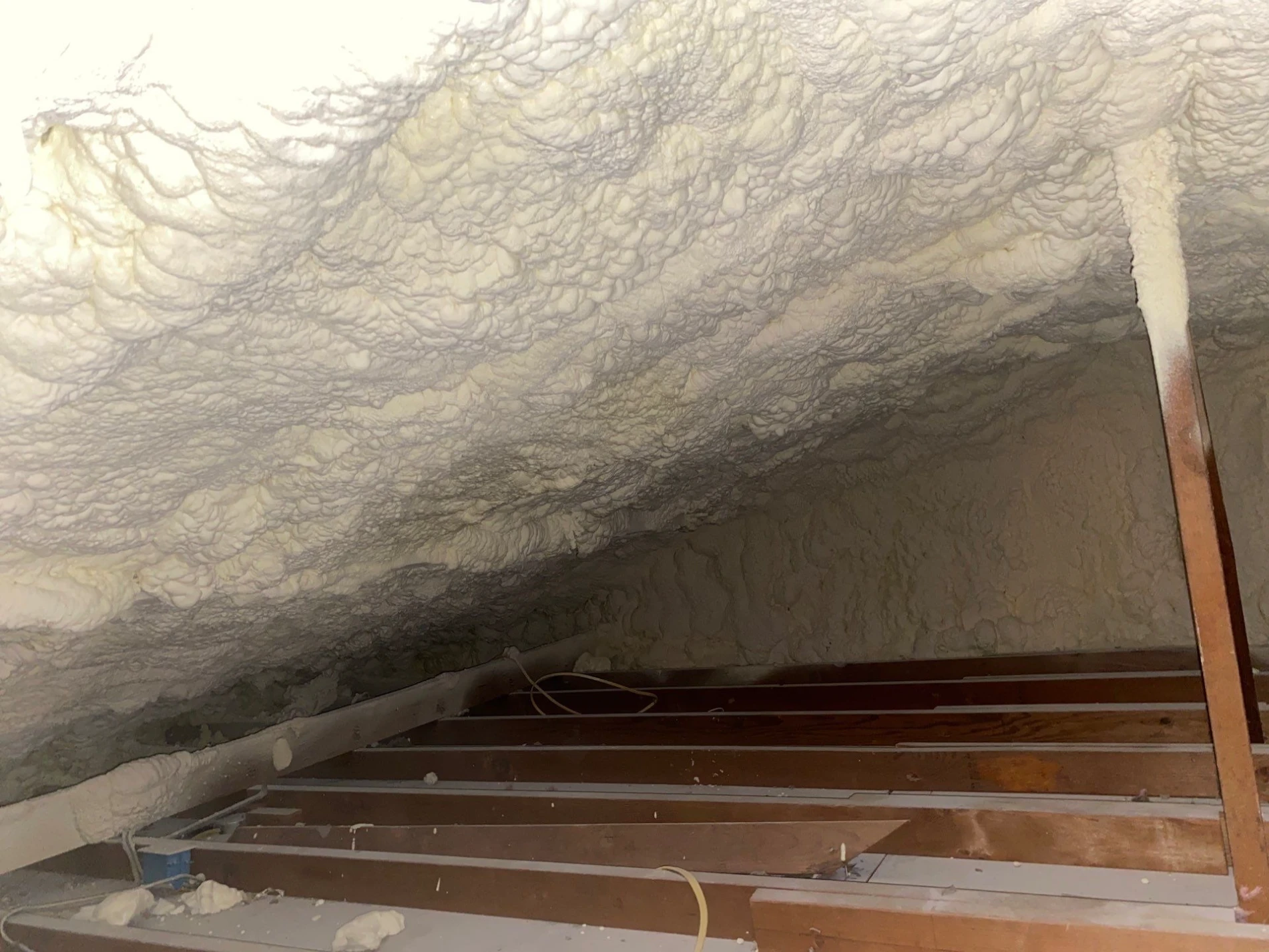
Things to Consider Before Making a Decision
Before you decide to replace your insulation, think about a few key factors:
- Your Climate Zone: The amount and type of insulation you need depend heavily on your local climate. Homes in colder regions require higher R-values to prevent heat loss in the winter.
- Age and Type of Home: Older homes often have less insulation than modern building codes require. The construction style can also affect which insulation type is most suitable for an upgrade.
- Existing Insulation: An inspector can determine if your current insulation can be supplemented or if it needs to be completely removed. Wet, moldy, or pest-infested insulation should always be fully removed.
- Budget and Return on Investment: While new insulation is an upfront expense, it can deliver significant savings over time. Data from the North American Insulation Manufacturers Association suggests that insulating a home can lead to average energy savings of 15% on heating and cooling.
Frequently Asked Questions About Insulation
Can new insulation just be installed on top of the old material?
In some cases, yes, particularly in attics. If the existing insulation is dry, free of mold, and not overly compressed, adding a new layer on top can be an effective way to increase the total R-value. However, if the old material is damaged, it’s best to remove it first.
Does insulation performance decrease over time?
Yes, most insulation types degrade. Fiberglass can become brittle and lose its loft, while cellulose can settle and become compacted. This reduces its thermal resistance and overall effectiveness. Closed-cell spray foam is one of the few materials that generally maintains its performance for the life of the building.
What is an R-value?
R-value measures how well insulation can resist the flow of heat. The higher the R-value, the better the insulating performance. The recommended R-value for your home depends on your climate and the area being insulated (attic, walls, floors).
Can outdated insulation be a fire hazard?
Some older insulation materials can be a fire risk. For instance, old cellulose that was not properly treated with fire retardants can be flammable. Additionally, pests nesting in insulation can chew on electrical wiring, creating a serious fire hazard within your walls or attic.
What is the best type of insulation for an attic?
The best choice depends on the specific attic and budget. Blown-in fiberglass or cellulose is effective for filling in around existing joists and obstructions. Spray foam insulation provides a superior air seal, which is excellent for preventing leaks and drafts, but it typically comes at a higher cost.
Taking the Next Step
If you’venoticed any of these seven warning signs, it’s a good idea to perform a thorough inspection of your home’s insulated spaces, especially the attic. Look for thinning, damage, or drafts. Evaluating your home’s specific needs will help you determine the right course of action to restore its energy efficiency and comfort. A well-insulated home is not just more comfortable, it’s also a smarter and more cost-effective home to live in.
Get a Professional Assessment
Understanding the condition of your home’s insulation can be complicated. For a clear picture of what your property needs, consider a professional evaluation. Contact Stellrr Insulation & Spray Foam for a detailed assessment of your property. You can reach the team by phone at (512) 710-2839 or by email at info@stellrr.com to schedule an inspection and discuss the best spray foam insulation installation for your specific situation.
Sources
- U.S. Department of Energy – Provides official government information on insulation types, R-values, and weatherization for energy savings.
- Environmental Protection Agency (EPA) – Offers guidance on mold cleanup and safety, including recommendations for handling contaminated building materials like insulation.
- North American Insulation Manufacturers Association (NAIMA) – An association representing insulation manufacturers that publishes data and fact sheets on the benefits of insulation, including energy savings statistics.


